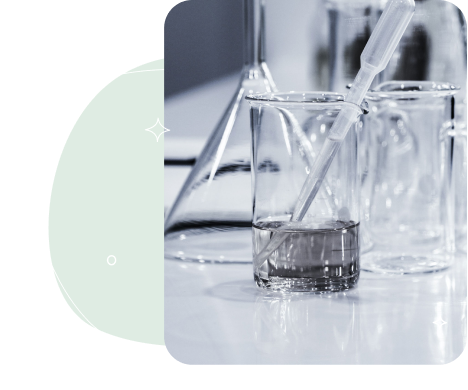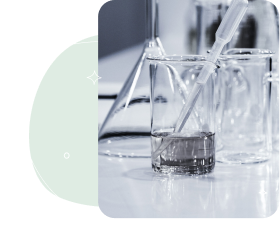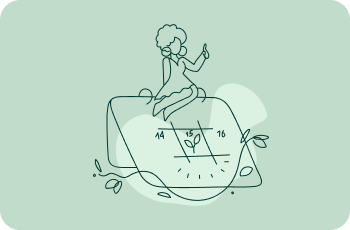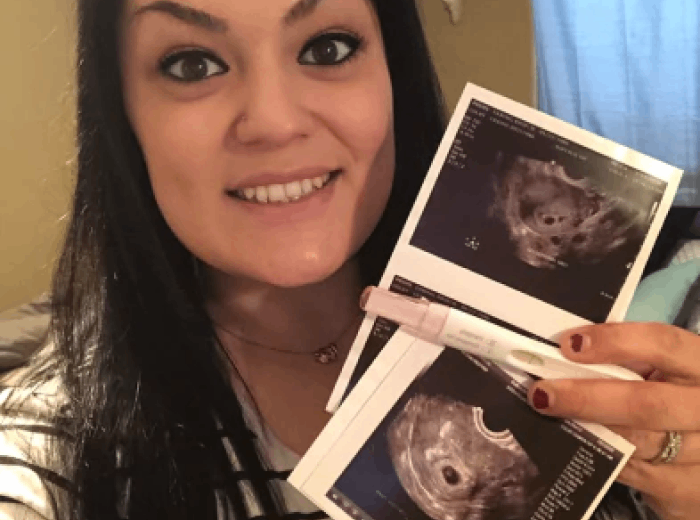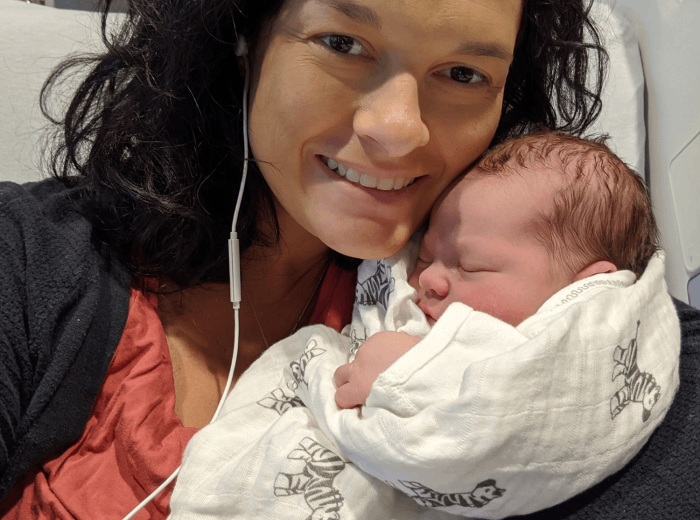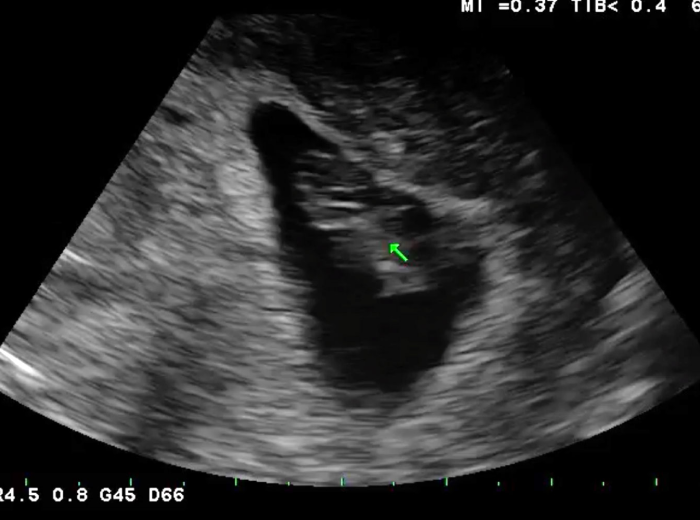Science is at the pinnacle of what Mira is all about. Review our medical studies, papers, and peer-reviewed publications.
Peer-reviewed Publications
Fertility and Sterility
At-home urine estrone-3-glucuronide quantification predicts oocyte retrieval outcomes comparably to serum estradiol.
Key Findings: The concentration of E2 (estradiol) in serum and the concentration of urinary E3G (estrone-3-glucuronide) are good indicators of how many matured oocytes (egg development stage before fertilization) may be retrieved from the ovaries on the day of the trigger injection. The results mean that monitoring levels of E3G in urine may predict how many eggs will be ready after retrieval from the ovaries to be fertilized or cryopreserved for fertilization in the future. Also, urinary E3G has a slightly higher correlation to how many matured oocytes can be retrieved from the ovaries after trigger injection compared to serum estradiol.
Learn MoreePosters
Urinary E3G monitoring using the mira fertility tracker during COH (controlled ovarian hyperstimulation) as an alternative to serum E2
Key Findings: The uE3G dynamics were comparable to serum E2 with a Spearman correlation of 0.82. Thus, at-home urine monitoring of uE3G is a viable alternative to serum E2 measurements during COH that is potentially more patient-friendly and convenient.
Learn MoreOpen Journal of Obstetrics and Gynecology
A New Protocol for Controlled Ovarian Stimulation Monitoring by Self-Determination of Estrone-3-Glucuronide and Single Ultrasound (COSSESU)
Key Findings: By analyzing the advantages and disadvantages of different methods, it shows that on the basis of new diagnostic tests such as E3G in urine and telemedicine, patients are able to independently and actively participate in the treatment process. This new approach to COS monitoring can be successfully implemented in different protocols for ovarian stimulation.
Learn MoreHuman Reproduction
Urine estrone–3-glucuronide (E3G) assay: is there any place during ovarian stimulation for IVF cycles?
Key Findings: Serum E2 values were assessed routinely, while E3G values were measured and validated using a fluorescent immunoassay Mira Fertility Plus® analyzer. The urine E3G of the assay was validated for intra and inter-assay variability with a coefficient of variation of < 20%. It was also validated for analytical and functional sensitivity and sample stability. Linear regression of serum E2 and E3G values of 56 early morning urine samples who had evaluated between days 4 and 13 of the menstruation cycle provided an R = 0,81. Urine E3G values also correlated to follicle growth. Patient survey results showed that urine sampling was the preferred method of analysis. Urine E3G testing correlates well to serum E2 assessment in COH. Urine E3G assay provides an alternative to serum-based assessment.
Learn MoreExpert Review of Molecular Diagnostics
Quantitative Versus Qualitative Estrogen and Luteinizing Hormone Testing for Personal Fertility Monitoring
Key Findings: The study established that due to the quantitative measurement of LH the peaks that indicates the most fertile period of the menstrual cycle by Mira monitor throughout 3 menstrual cycles, only 2% of LH peaks have been missed in comparison to 5% of peaks missed when using qualitative measurement with ClearBlue Fertility Monitor.
Learn MoreFertility and Sterility
Intelligent algorithm combined with a device that detects luteinizing hormone levels can improve the prediction accuracy of ovulation day
Key Findings: By analyzing the test data of Mira users and compared to the traditional calendar method, it shows that Mira can significantly improve the prediction accuracy of ovulation day compared with the calendar method. The more cycles a woman tests her LH hormone with this method, the higher accuracy the ovulation day prediction is. The average rate of ovulation prediction accuracy of the users’ first cycles using the calendar method is 29%. In the experiment group, the average rate of ovulation prediction accuracy of the users’ every later cycle gradually rises. The accuracy rate is 35% for cycle 2, 58% for cycle 3, and 77% for cycle 4.
Learn MoreLet's make discoveries together.
Our science team is interested in collaborating on clinical research. If you would like to participate, please submit your application below.
